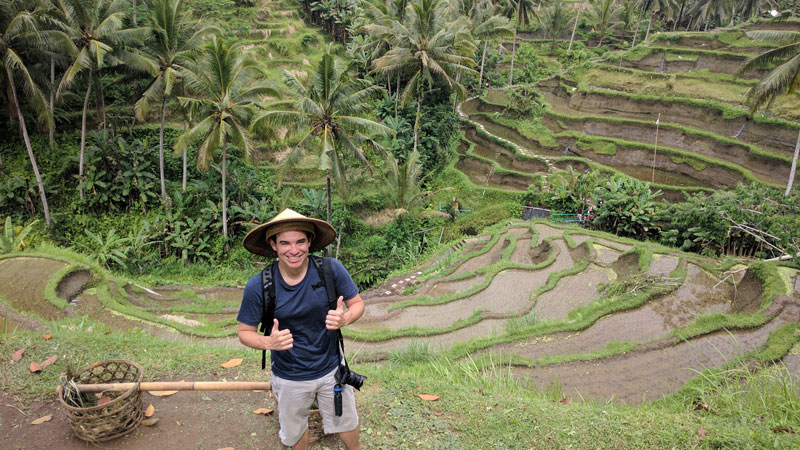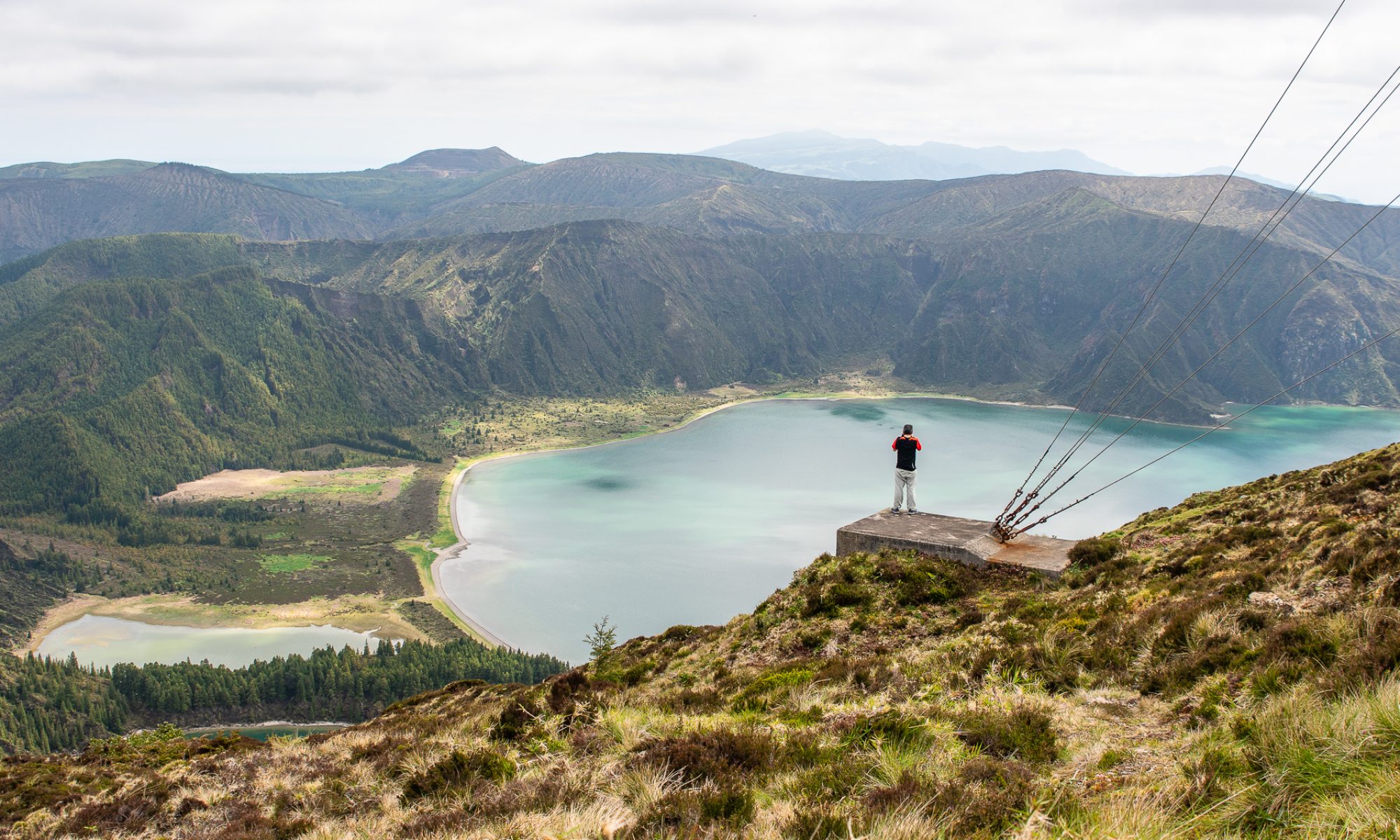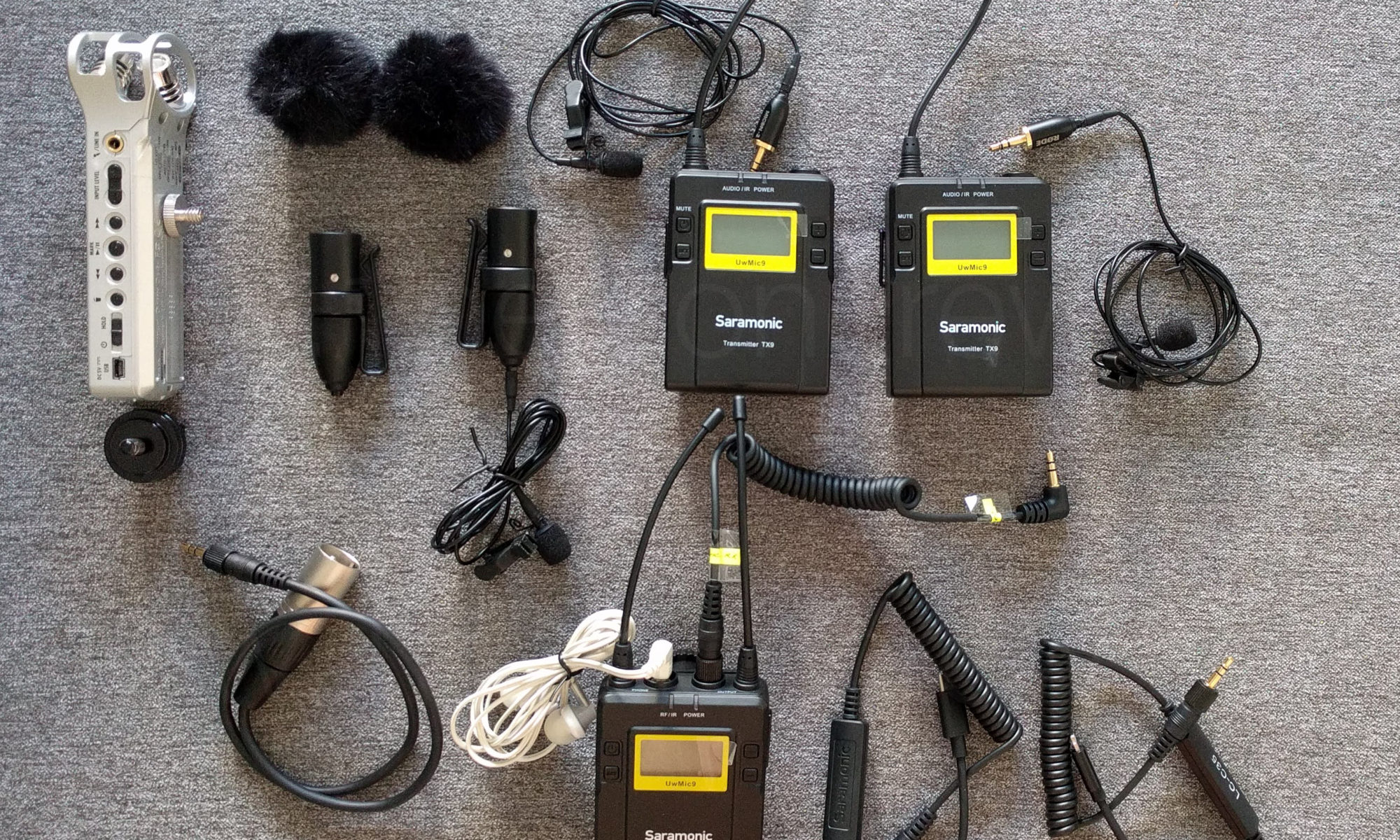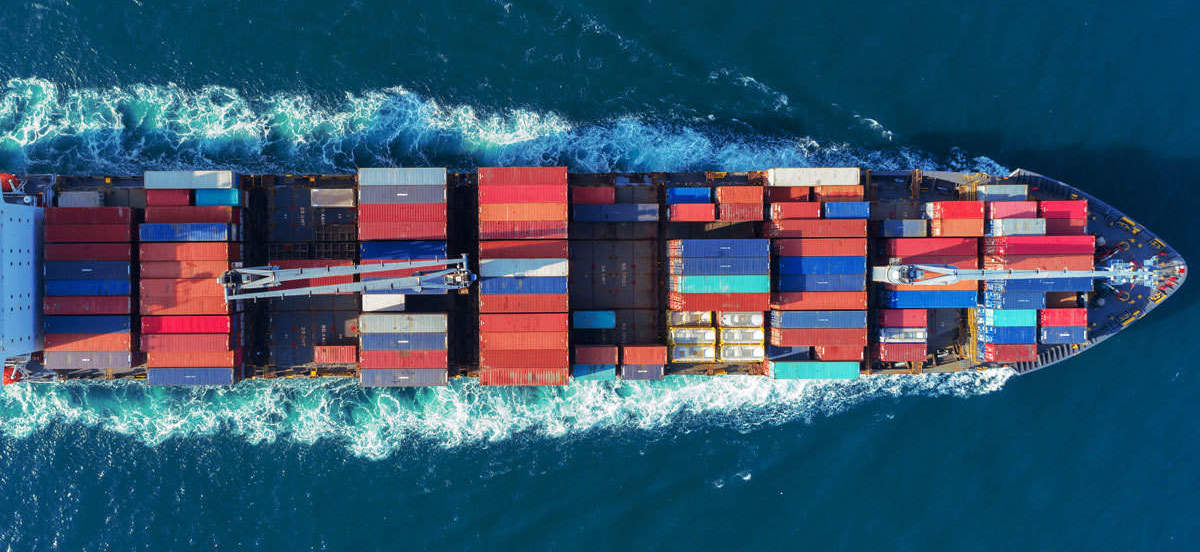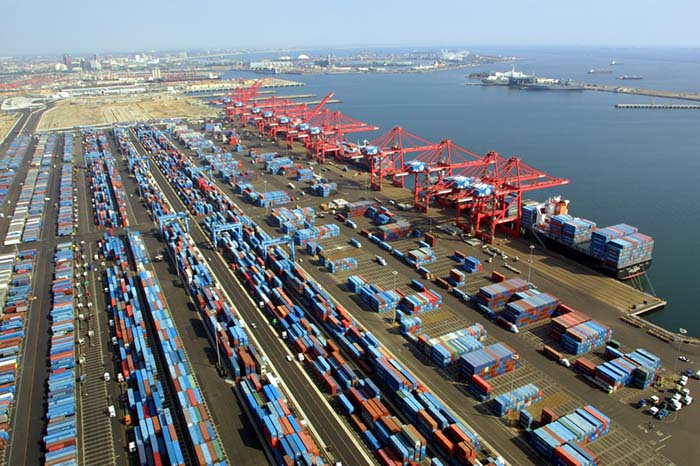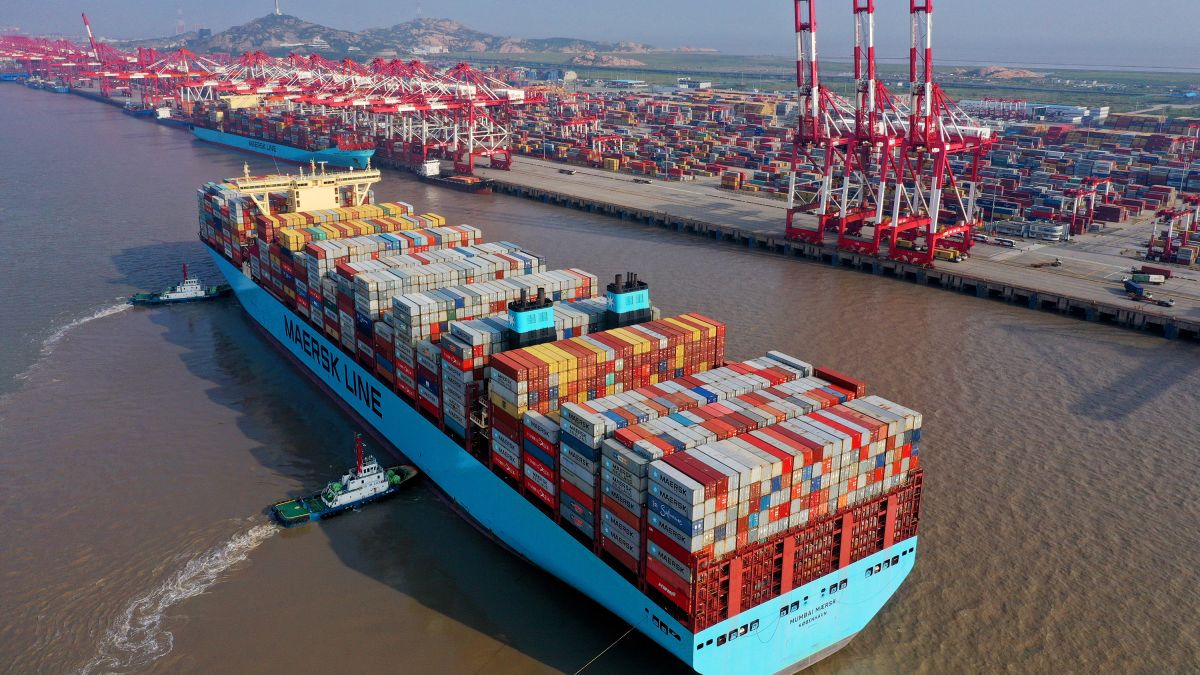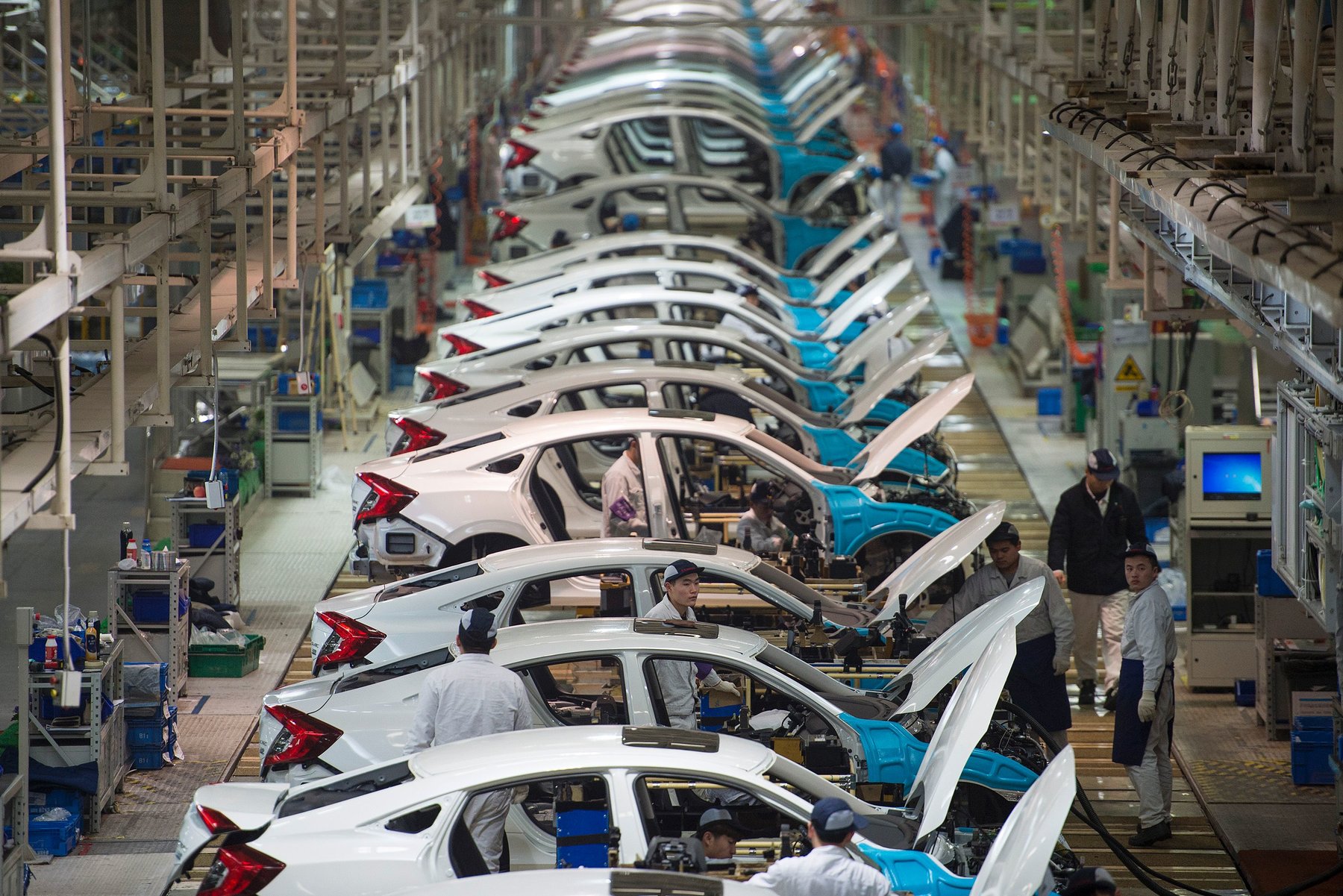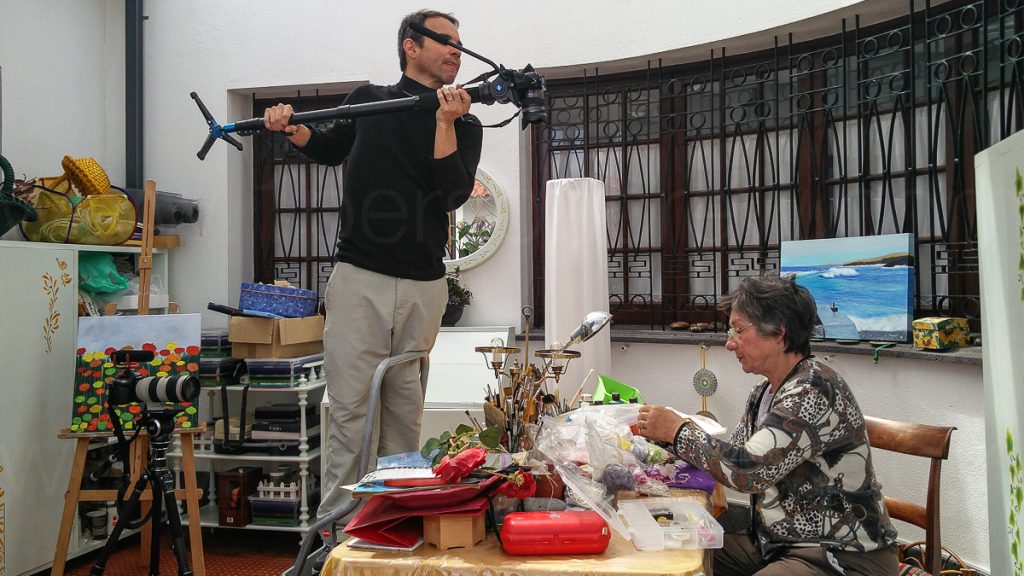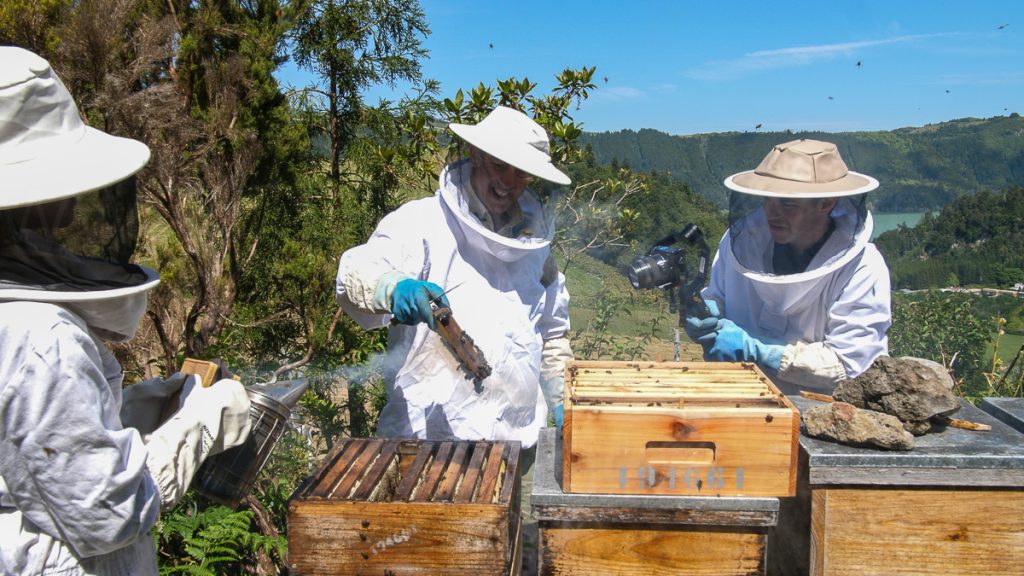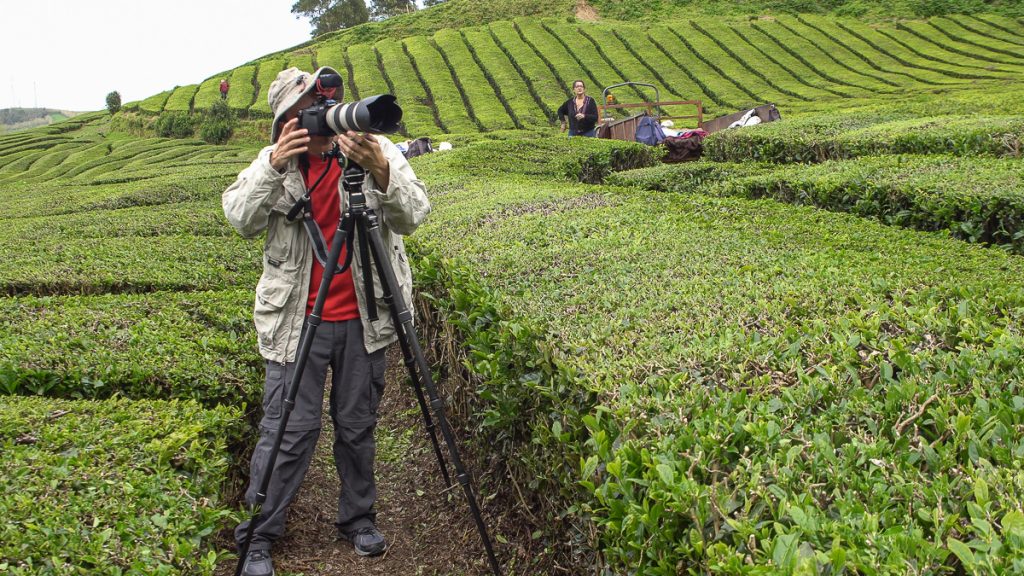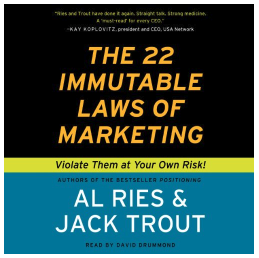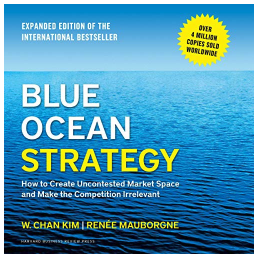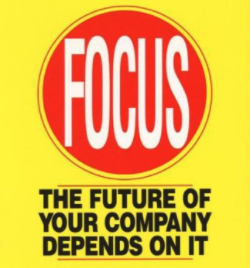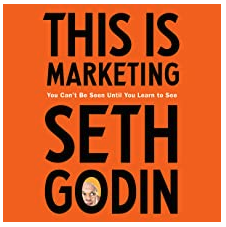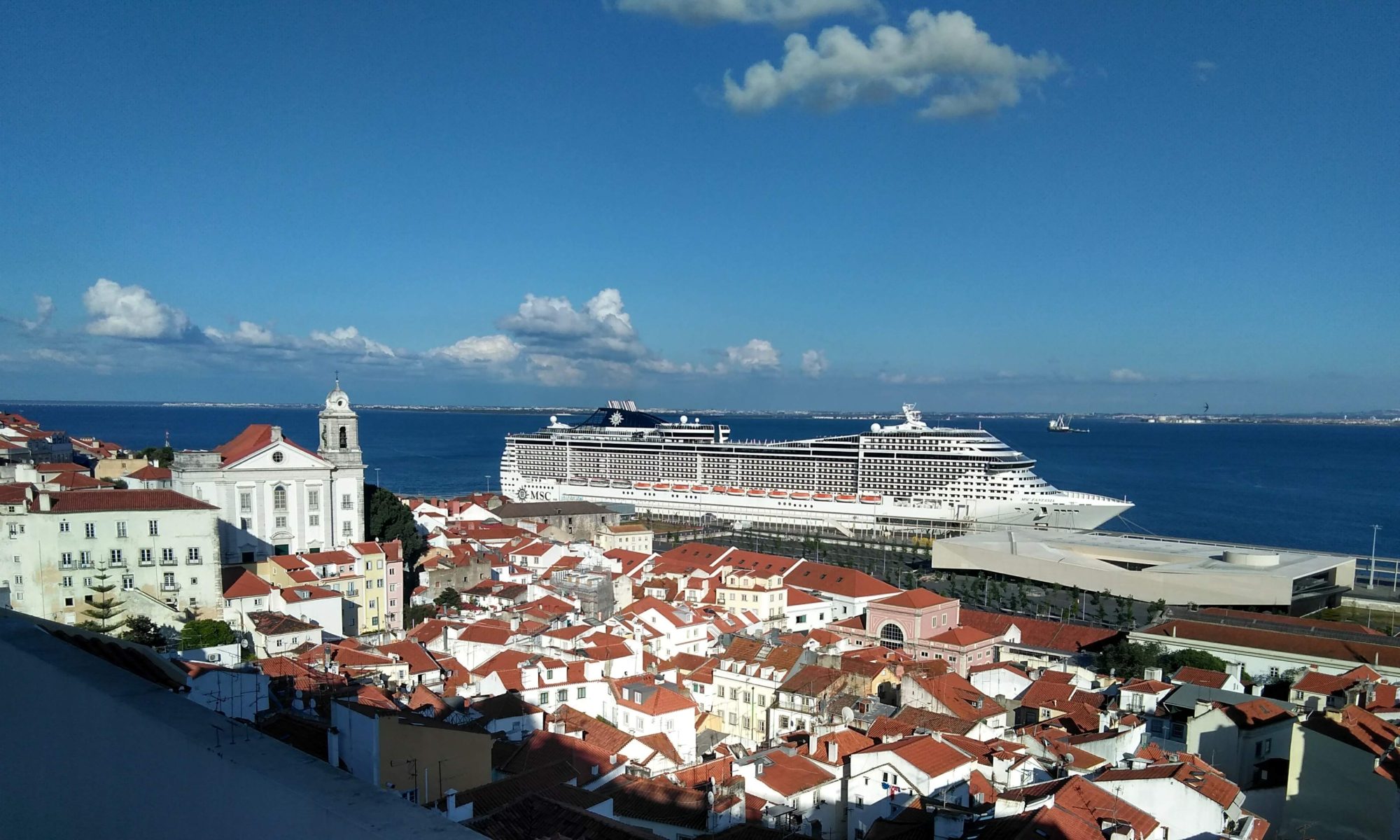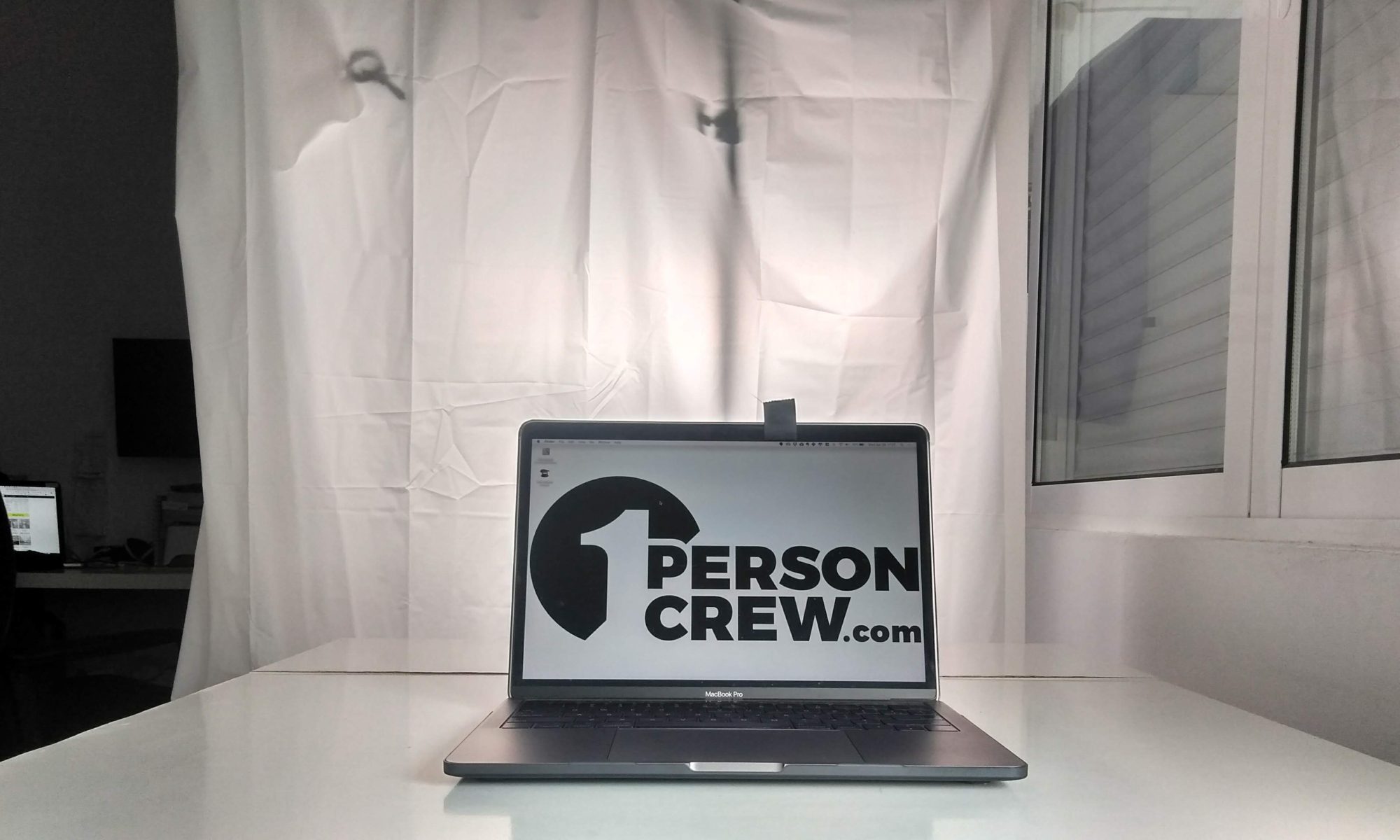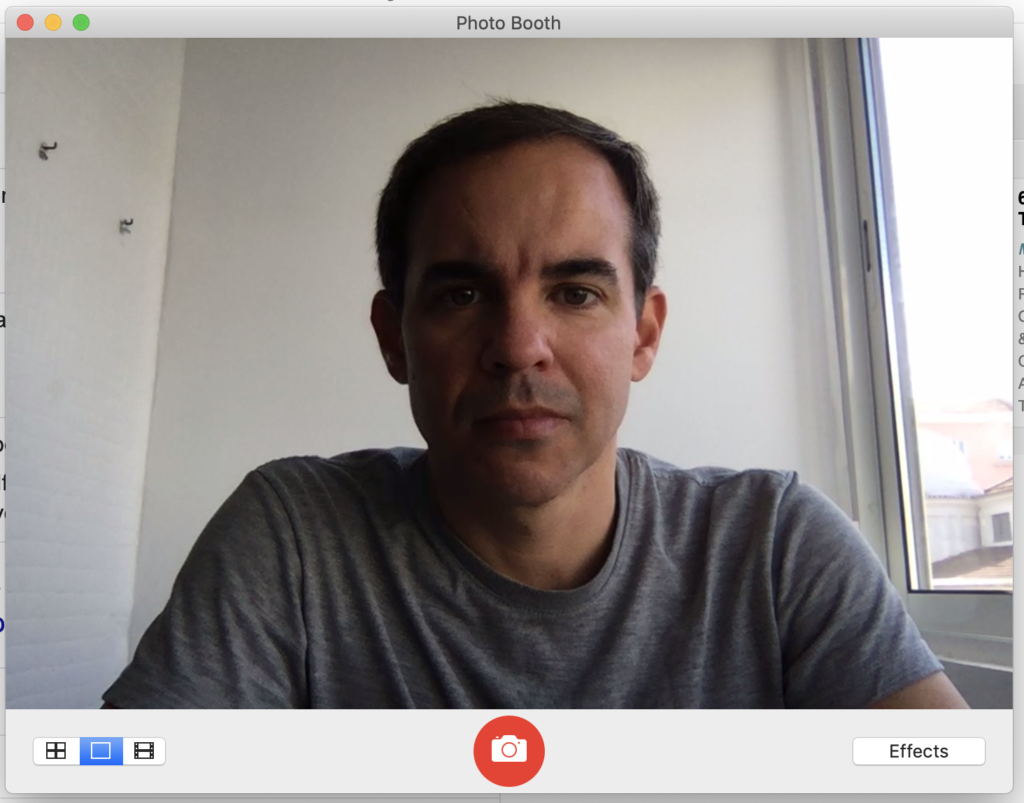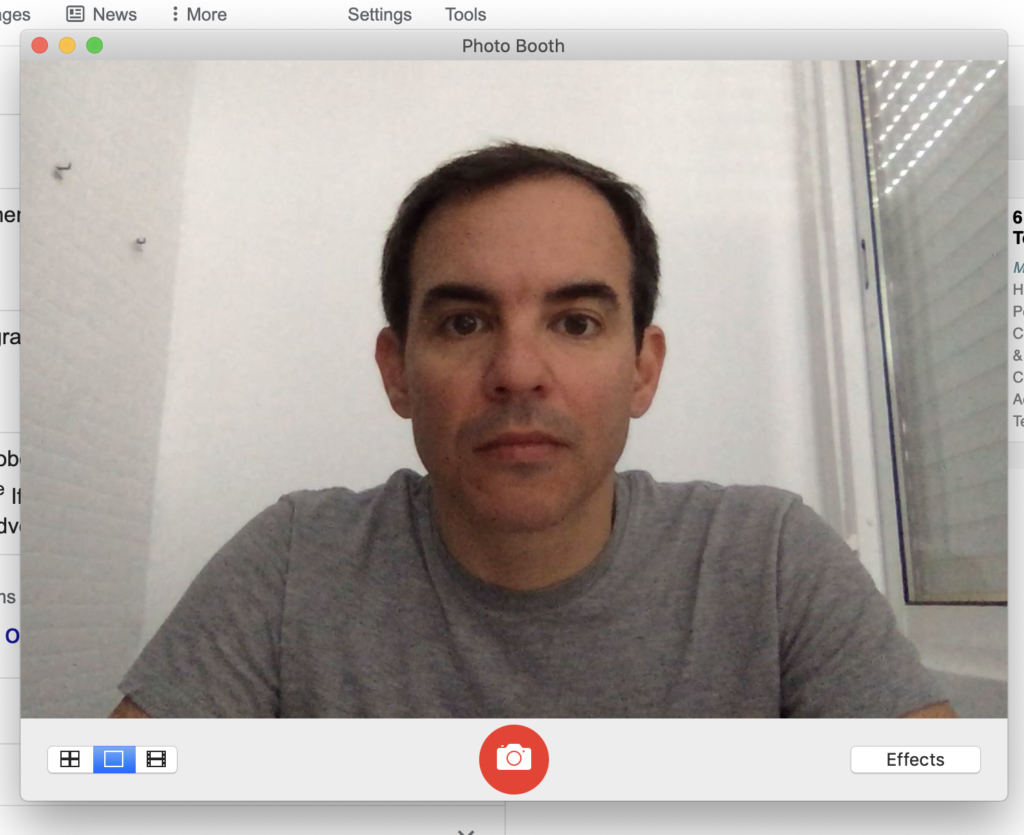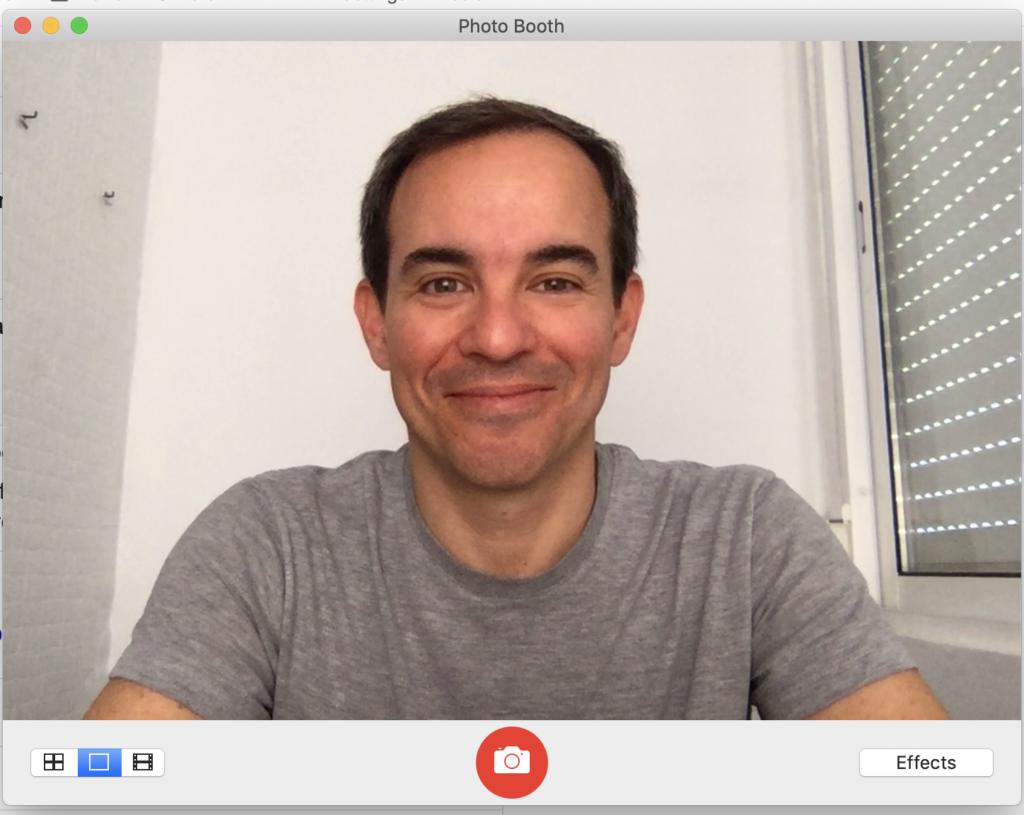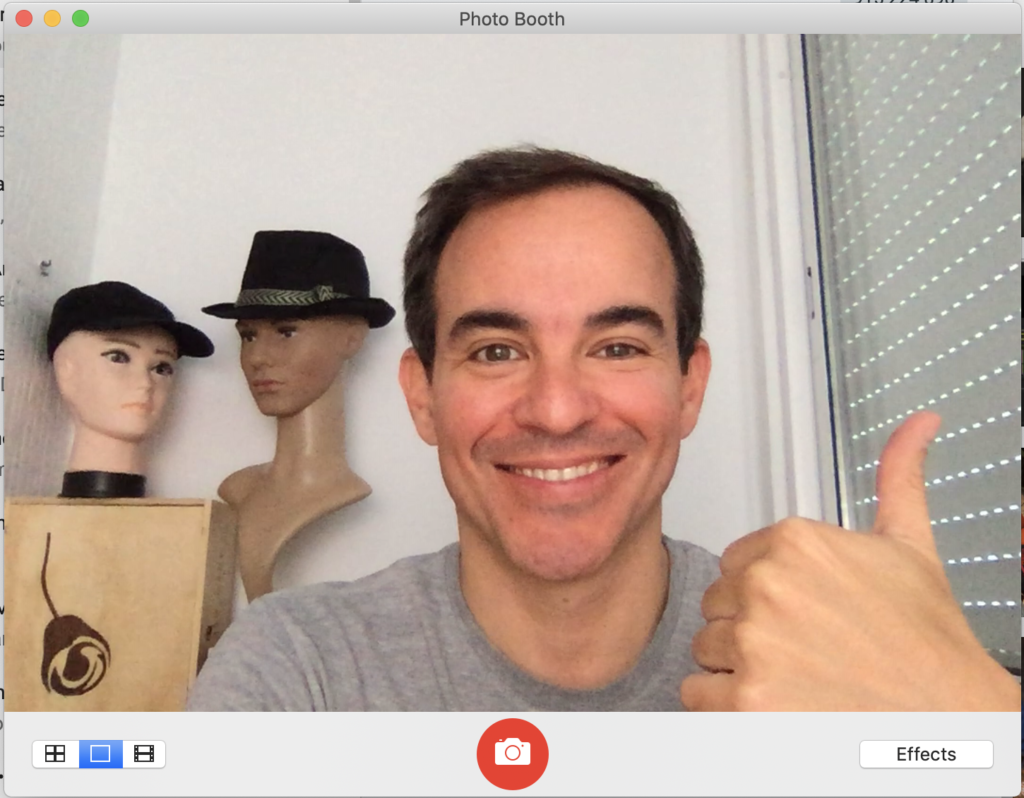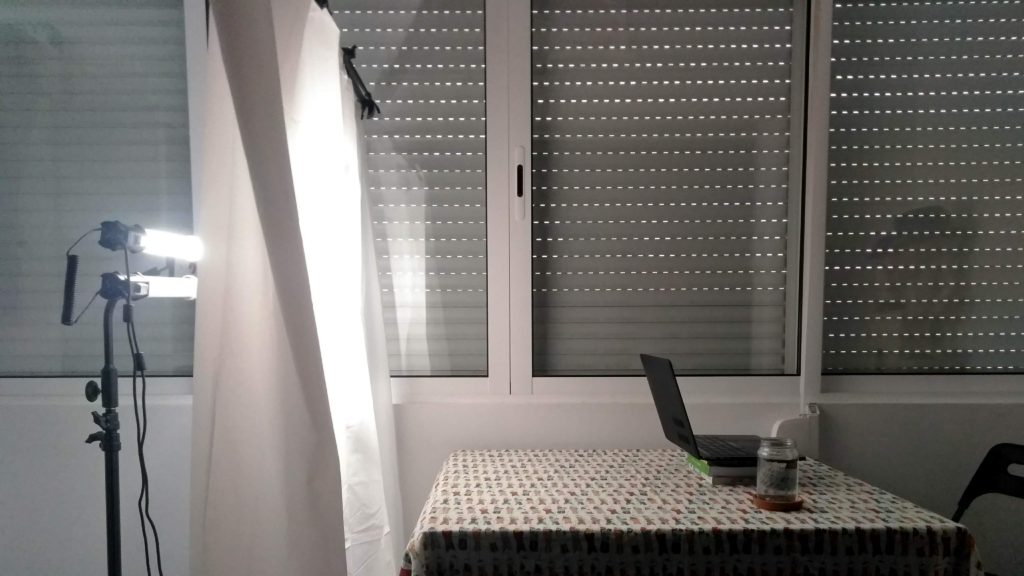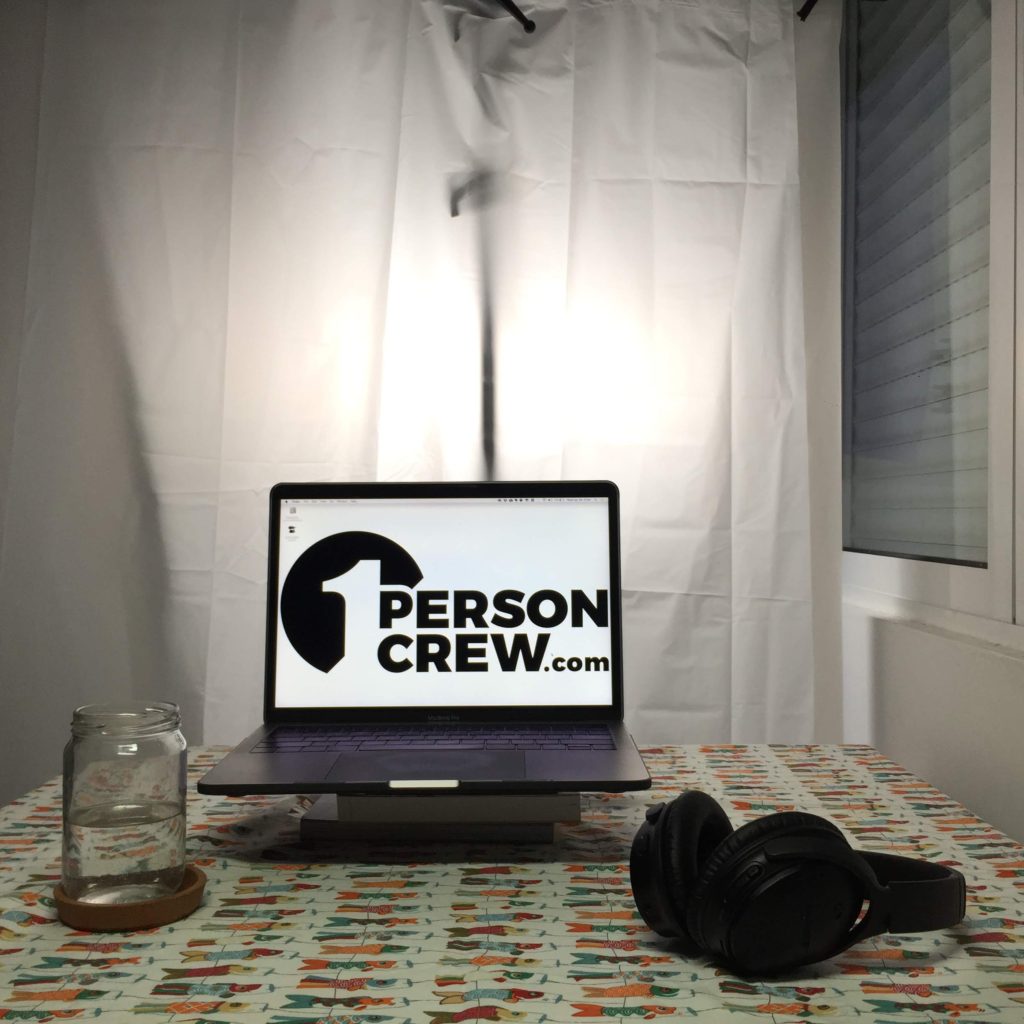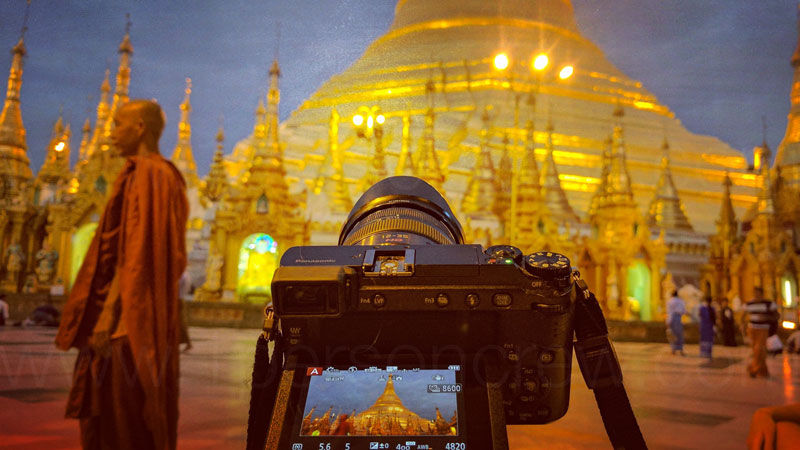
Which camera should I buy? What’s your favorite lens? How many lights do I need? What’s better, a shotgun mic or a lavalier mic?
I don’t know.
These are the kind of questions I get every week, and unfortunately it’s very hard for me to answer them objectively and responsibly. Why? Because I need a lot more info. For example, what’s your budget? Do you have other gear or are you getting started? Are you mostly working on location or in a studio?
The “ideal” gear for a travel filmmaker working alone is completely different than the one required by someone shooting products in a studio environment. A documentary shooter needs a few versatile lenses and works mostly with available light. Someone producing similar content, but as an in-house, full time employee at a corporation can afford more time and gear, especially lights.
As you probably know by now, my approach is “how to do more with less.” My goal is to own as little gear as possible, not only to keep my overhead low, but most importantly to select the gear based on each story, my client’s requirements, and obviously, the available budget.
I created three lists to share my favorite tools; one for the travel filmmaker who’s priority is size and weight. The second list is for those who are getting started or are looking to add new/better tools. And the third list is for more experienced filmmakers who want to take their productions to the next level.
After doing a lot of research and trying multiple options, it’s clear that the best way to keep models, specs and prices always up to date is to host the lists on Amazon.com.
Here’s the first of three kits:
The Travel Kit
This ultra minimalist setup consists of the most essential items I take with me on travel and lifestyle assignments, which is the main bulk of my production work. Travel assignments require extremely light and compact gear that must fit in one backpack, and maximum a carry-on bag.
It doesn’t matter how awesome a piece of gear is, if it’s too big or heavy, I can’t take it with me. On travel assignments most of the work is done with available/natural light and only essential sound (like interviews) is recorded on location.
Some post-production might be performed during the assignment (especially waiting at airports and during long flights). Backup is extremely critical as re-shoots are often impossible.
Here’s the complete Travel Kit on Amazon.com
Disclaimer
The gear lists are not paid or sponsored by anyone. They reflect my own independent opinion, and the companies and products I use and trust. Some links might be affiliates, which means I may get a few pennies if you decide to purchase something. Thanks in advance for your support!
